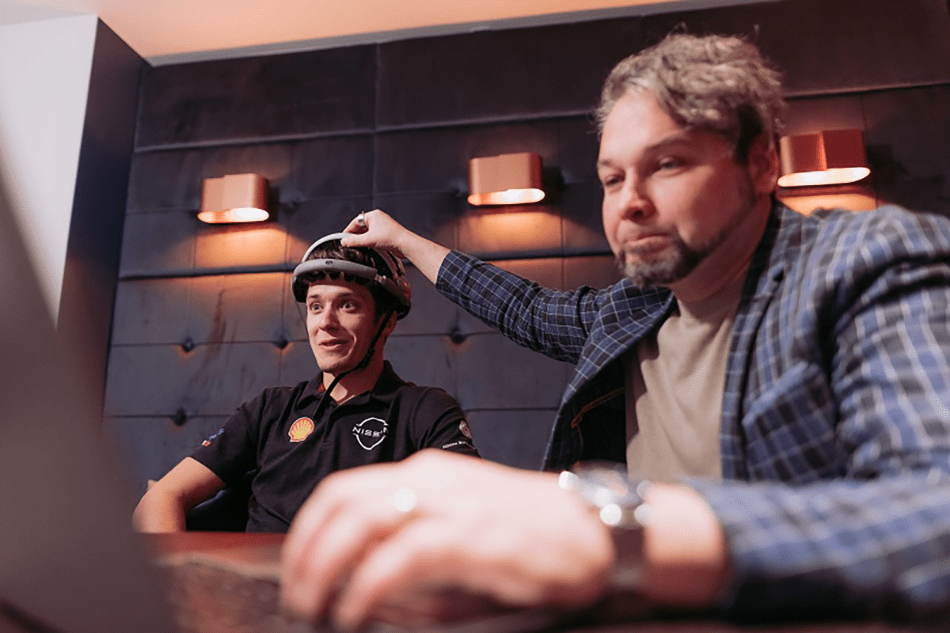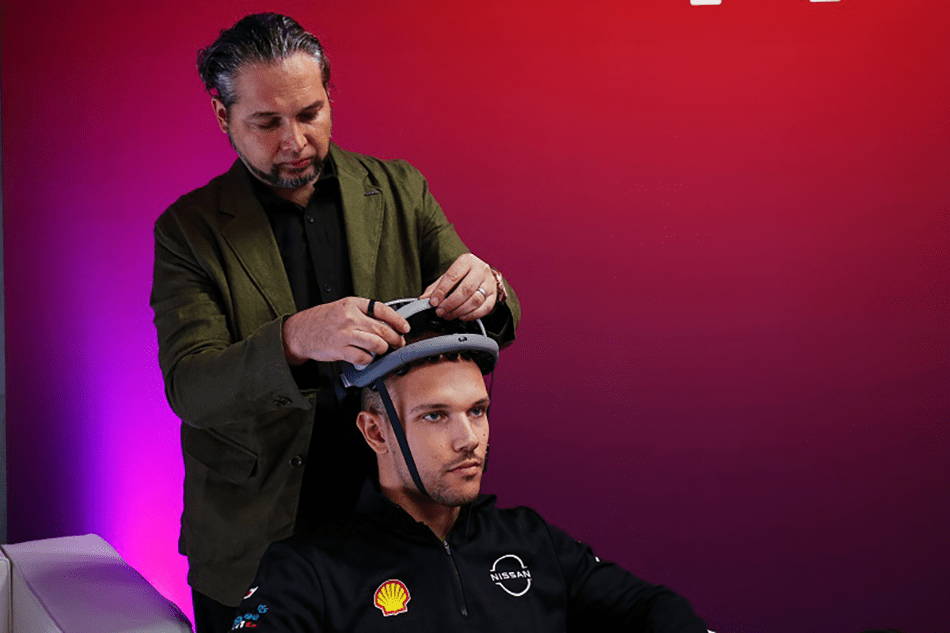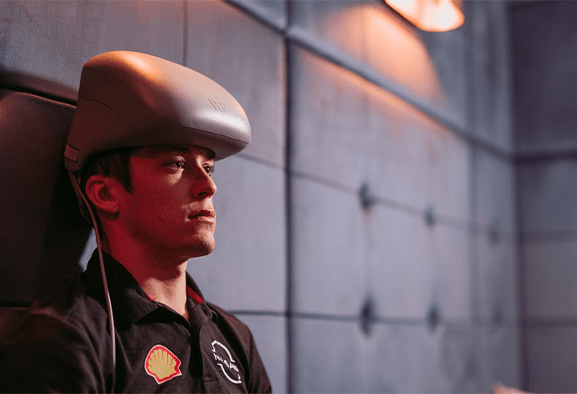Nissan presented the results of the innovative and revolutionary Brain to Performance program carried out on the drivers of the Formula E team. Let’s find out all the details
The Japanese company has long started a process that is going to implement the skills of their pilots through brain analysis and training. The results of this initiative, which studies the brain function and anatomy of pilots, demonstrate how brain training protocols can successfully improve the cognitive functions of pilots. Furthermore, data indicates that pilots of the Nissan Formula E Team who participated in the training Brain to Performance they recorded improvements in the ability to make complex decisions, resistance to stress and fatigue, as well as faster reaction times. Let’s take a closer look at the results of this experiment.

The research behind the Nissan Brain to Performance program
When the program launched at the end of Season 7 (2020/21) of the campaign ABB FIA Formula E World Championshipthe Formula E team together with Dr. Lucian GheorgheSenior Manager of UX Innovation at Nissan, outlined three key areas of research: the comparison between the brain functions of racing drivers and those of ordinary drivers, the evaluation of the link between brain stimulation and performance on the track and the evaluation of the potential of this technology to improve driving skills in general outside of racing competitions.
In Season 8, it was the research phase of the project has started. As part of this research, two control groups were formed: one that underwent brain stimulation and one that did not. Non-professional drivers these groups participated in test sessions on race simulators at the University of Essex and the Biotech Campus in Geneva.
They completed 10 sessions on a track they had never seen before, and the final results revealed that the brain-stimulated group performed 50% faster and learned the circuits 50% faster. Following these results, Dr. Gheorghe collaborated with the US technology partner in Season 9 Wave Neuro to develop a complete personalized training program for the Formula E team drivers.

Nissan Formula E Team driver training program, results and future use
The training involved the team drivers in basic neurological tests using an EEG device. With the data collected, Dr. Gheorghe, with the support ofUniversity of Texas at Austin and Wave Neuro scientistshas created tailor-made training programs using a Sonal device that stimulates the brain. This device uses certain frequencies to target specific areas of the brain, with aiming to help combat jet lag and sleep deprivation, improve reaction times and reduce human errorsespecially in high pressure environments.
Wave Neuro has previous experience using these training protocols in conjunction with United States Armed Forces to help people suffering from post-traumatic stress disorder. They also collaborated with professional american football players who have suffered brain injuries. Both Dr. Erik Won, President and Medical Director of Wave Neuro, and Dr. Gheorghe recognized the potential to integrate this technology into a performance-based training program.
After using the Sonal device throughout Season 9, a final scan was conducted to evaluate its impact on the pilots’ cognitive functions. Improvements in both speed and brain clarity supported the research hypothesis, and it was concluded that further training with this device for a prolonged period they could help pilots optimize their performance. Tommaso Volpegeneral manager and team principal of the Nissan Formula E Team, commented:
It is exciting to be pioneers in this area of research in the world of motorsport. Nissan prides itself on doing what others don’t. Over the past three Formula E seasons, we have worked diligently to understand what distinguishes the brains of professional and non-professional drivers and how we can use this information to improve driver performance on the track. The results achieved after the training program are extremely exciting and demonstrate that, with the right tools, we can help our pilots reach their full potential. With the integration of the Brain to Performance program into the Nissan Formula E Team starting in Season 10, we look forward to how this program will continue to evolve for the drivers, the team and Nissan overall.
In collaboration with the University of Texas at Austin, Nissan is exploring how this technology could continue to evolve and be integrated into dealerships. In particular, what brain-computer interface training might look like designed to help customers improve their driving skills more quickly. What do you think of this new training program and future applications in everyday life? Let us know yours in the comments. To ensure you don’t miss any further news regarding the world of motors and the technological universe in general, continue to follow techgameworld.com!















Leave a Reply
View Comments